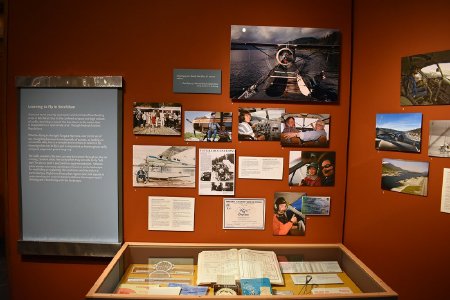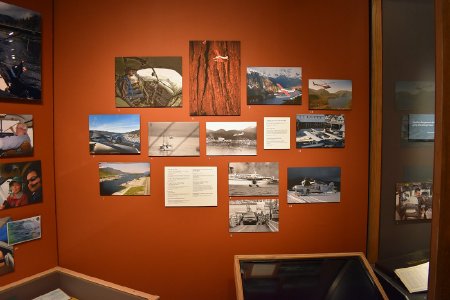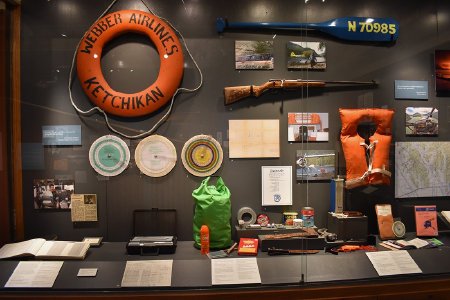Learning to Fly in Ketchikan
There are seven actively used water and land takeoff and landing areas in Ketchikan. Due to the confined airspace and high volume of traffic, Ketchikan is one of the few places in the nation that is designated as a "special rule area" through Federal Aviation Regulations.
Whether flying in the tight Tongass Narrows, over stretches of sea, navigating between towering walls of granite, or landing on a mountain lake, this is a complex environment in which to fly. Knowing when not to fly is just as important as knowing how to fly and good judgement goes a long way.
The skills needed to fly here can only be learned through on the job training. Student pilots feel lucky when they are able to fly "left seat" (in the co-pilot's seat) with an experienced pilot. Veteran pilots mentor new ones, pointing out features in the landscape for wayfinding or explaining the conditions and hazards in a particular bay. Flight time from other regions does not equate to understanding the unpredictable conditions that require quick thinking and a familiarity with the landscape.
Additional sections featured in this exhibit




